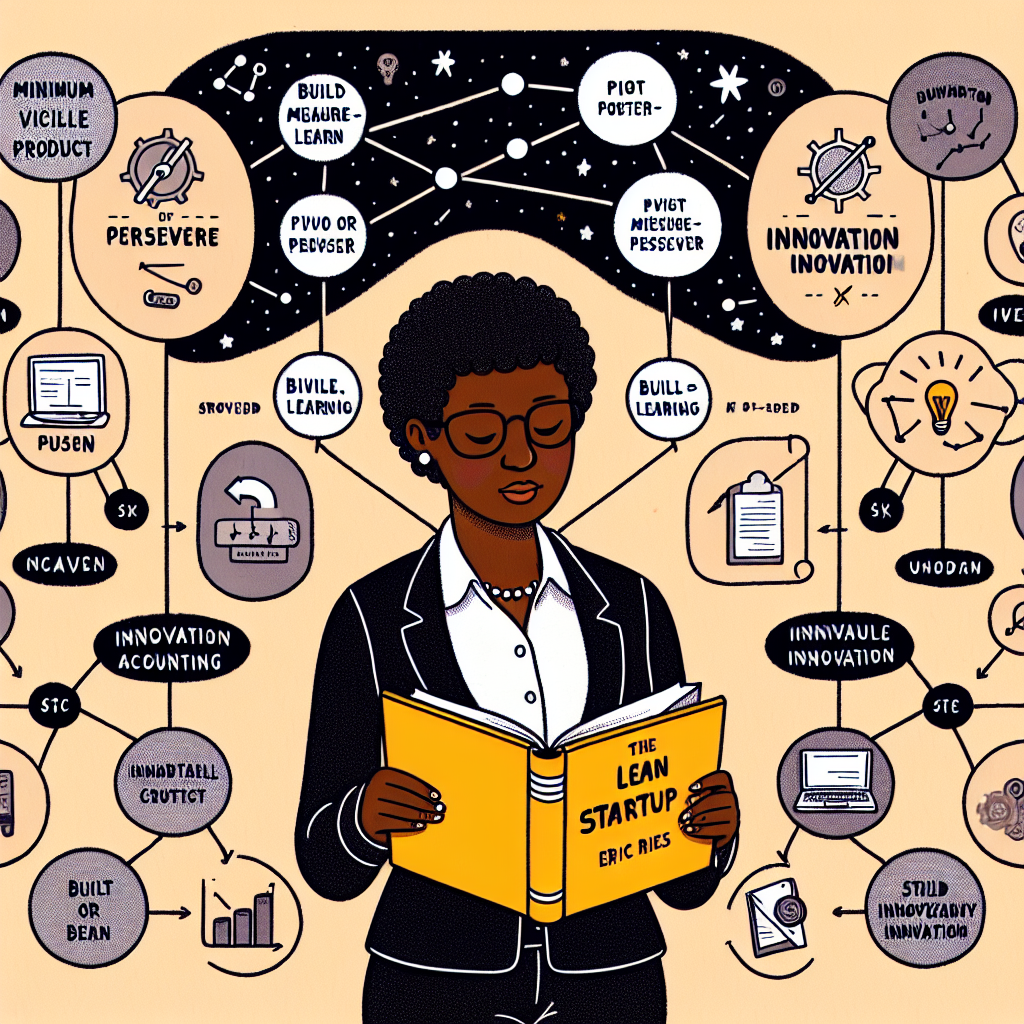
av admin | aug 23, 2024 | Eric Ries
Understanding The Lean Startup MethodologyThe Lean Startup by Eric Ries has revolutionized the way entrepreneurs approach launching new businesses. At its core, the Lean Startup methodology emphasizes the importance of agility and customer feedback in the development...

av admin | jul 23, 2024 | Eric Ries
Understanding The Build-Measure-Learn Feedback LoopEric Ries’ Lean Startup methodology has revolutionized the way entrepreneurs approach building new businesses. Central to this methodology is the Build-Measure-Learn feedback loop, a concept that emphasizes...

av admin | jul 13, 2024 | Eric Ries
Key Takeaways From The Lean Startup”The Lean Startup” by Eric Ries is a transformative book that has reshaped the way entrepreneurs and businesses approach the creation and development of new products. At its core, the book introduces the concept of the...

av admin | jul 1, 2024 | Eric Ries
Understanding The Lean Startup MethodologyEric Ries’ ”The Lean Startup” has revolutionized the way entrepreneurs approach building successful businesses. At its core, the Lean Startup methodology emphasizes the importance of agility, customer...

av admin | jun 21, 2024 | Eric Ries
Key Principles Of The Lean Startup Methodology”The Lean Startup” by Eric Ries has become a seminal text in the world of entrepreneurship, offering a fresh perspective on how to build and scale startups efficiently. At its core, the Lean Startup methodology...

av admin | jun 15, 2024 | Eric Ries
The Importance of Validating Your Ideas Before LaunchingThe Lean Startup by Eric Ries has become a must-read for entrepreneurs and business leaders alike. It offers valuable insights and practical advice on how to build a successful startup by focusing on continuous...







